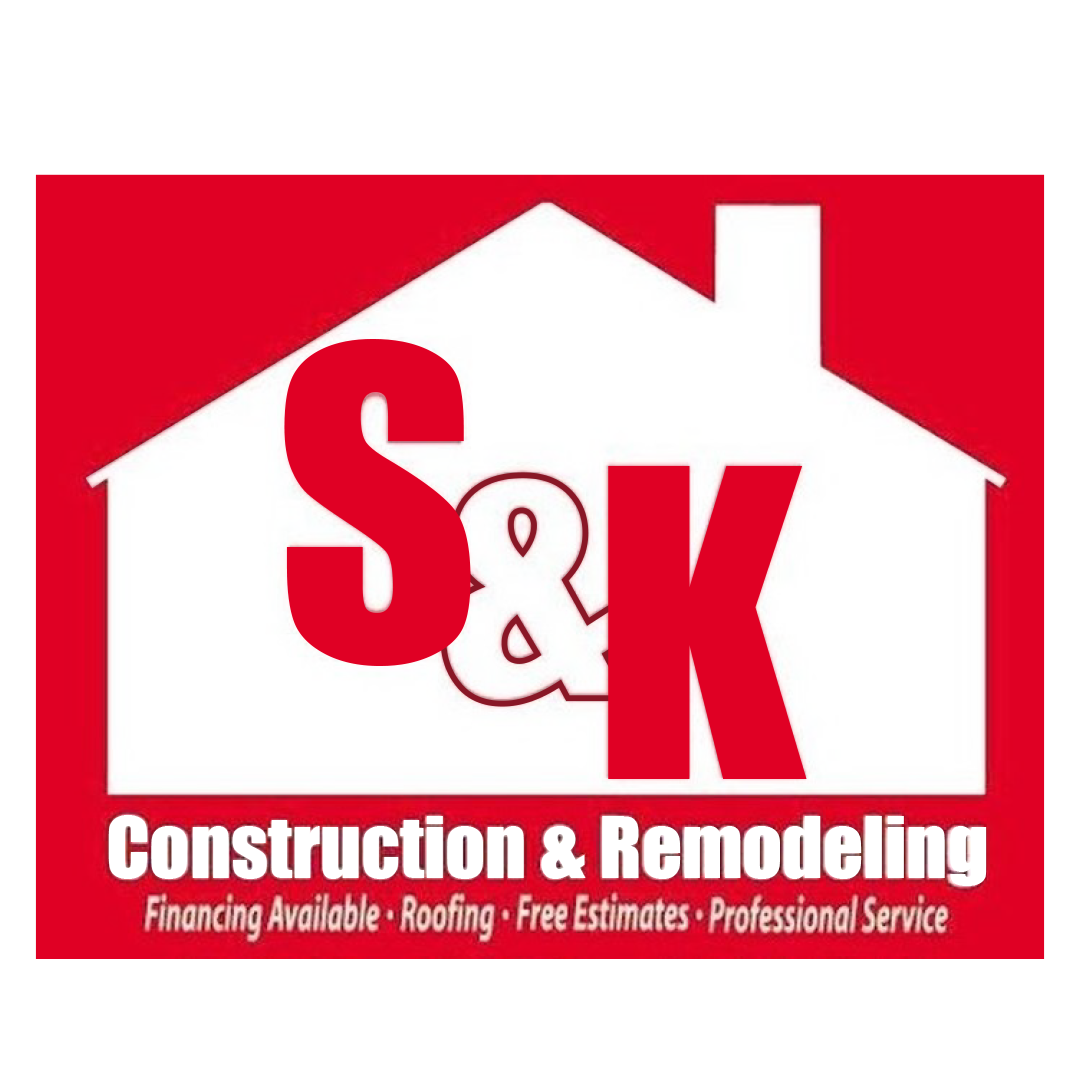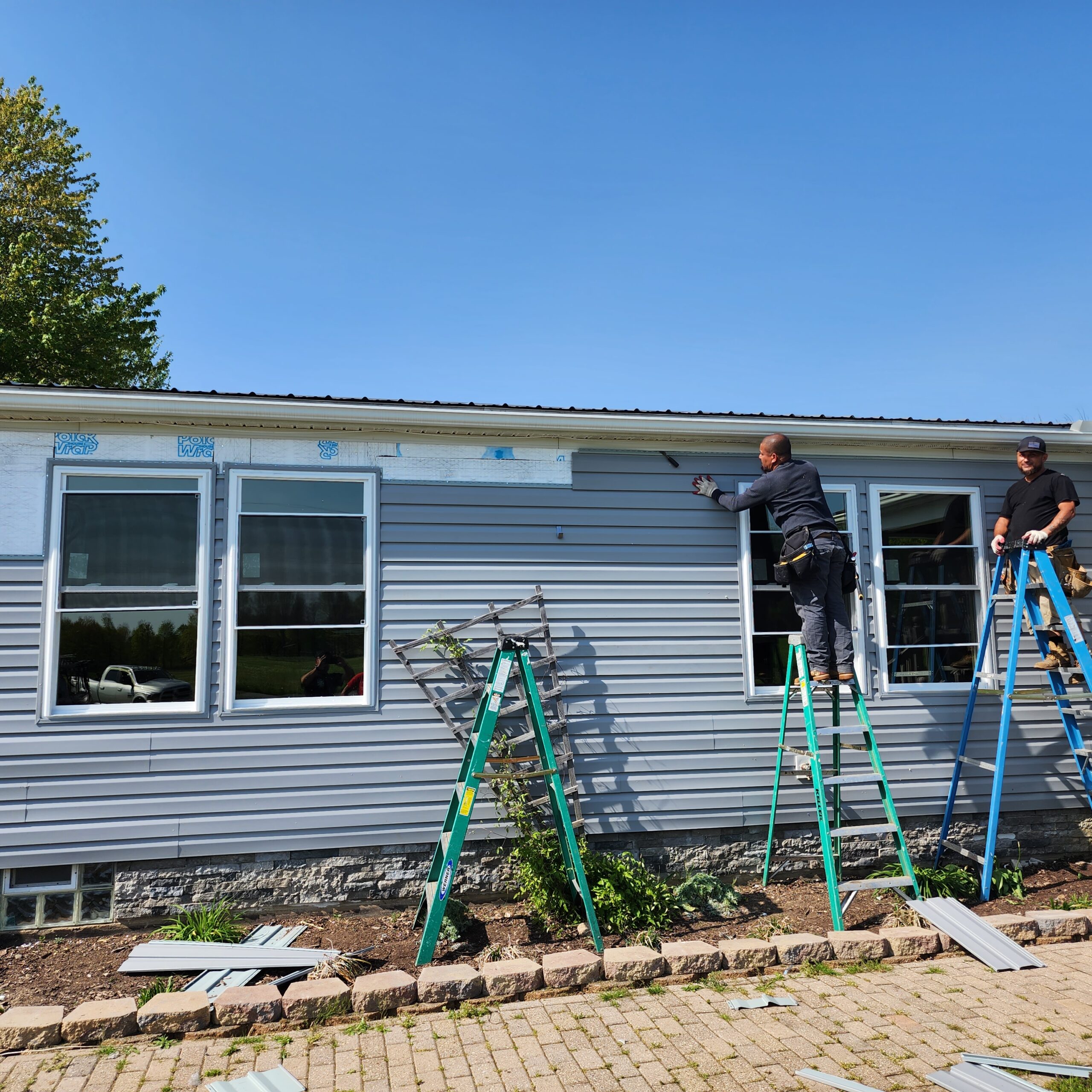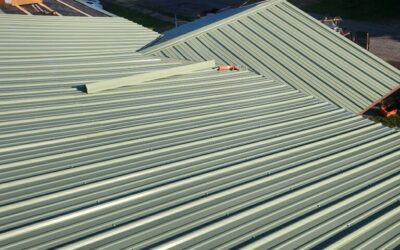Should I Buy a House with an Old Roof? A Comprehensive Guide
Buying a house is one of the most significant investments you will make in your lifetime. From the foundation to the roof, every part of the house plays a vital role in its overall condition, safety, and value. However, one of the most overlooked yet crucial aspects of a home inspection is the roof. The roof serves as the first line of defense against the elements, and its condition can drastically impact the home’s overall value and your long-term investment.
If you’re considering buying a home with an old roof, you might be wondering, “Should I buy a house with an old roof?” In this comprehensive guide, we’ll explore the pros and cons of purchasing a house with an aging roof, how to assess the condition of the roof, the potential costs of repairs or replacement, and what factors to consider before making your decision.
We will also highlight the areas we serve at S&K Construction and Remodeling LLC, including Cleveland, Medina, and other regions in Northeast Ohio, where we offer expert roofing services to homeowners.
Why Is the Roof Important?
Before delving into whether you should buy a house with an old roof, it’s essential to understand why the roof matters. The roof is more than just a structural component; it protects your home from water, wind, and other environmental factors. A well-maintained roof can last for decades, while a neglected one can lead to leaks, water damage, and even structural issues.
A home with an old or damaged roof can lead to the following problems:
- Water Damage: Leaks can cause water to infiltrate the walls, ceilings, and foundation, leading to mold growth, rot, and even structural damage.
- Energy Inefficiency: An old roof may not be as energy-efficient as a new one, resulting in higher heating and cooling bills.
- Aesthetic Appeal: A worn-out roof can negatively affect the curb appeal of the home and reduce its overall value.
- Safety Concerns: An old roof with significant wear and tear may pose safety risks to you and your family, as it could collapse or fail during severe weather.
The Pros and Cons of Buying a House with an Old Roof
When considering a house with an old roof, it’s essential to weigh the pros and cons to make an informed decision. Let’s take a closer look.
Pros of Buying a House with an Old Roof
- Lower Purchase Price: If the roof is aging or damaged, the seller may offer the home at a lower price, reflecting the cost of repairs or replacement. You may be able to negotiate a better deal on the house because of the roof’s condition.
- Opportunity for Customization: If you’re planning to replace the roof soon after purchasing the house, you can select roofing materials that suit your preferences. This gives you an opportunity to upgrade the roof’s aesthetic appeal and functionality.
- Potential for Increased Home Value: Once you replace the old roof, your home’s value could increase. A new roof can be a selling point in the future, as potential buyers will appreciate the fact that they won’t have to deal with roof issues for years.
- Leverage Insurance: If the roof has reached the end of its lifespan, there may be a possibility of negotiating with the seller to have the roof replaced before you buy the home or adjusting the price accordingly to account for the expected costs.
Cons of Buying a House with an Old Roof
- High Repair or Replacement Costs: The biggest con of buying a house with an old roof is the cost of replacing or repairing it. Roof replacements can range from a few thousand to tens of thousands of dollars, depending on the size of the roof and the material used.
- Hidden Damage: An old roof may have hidden damage that isn’t immediately visible during an initial inspection. Issues like water damage, mold growth, or structural damage might not surface until after you’ve already moved in, leading to unexpected expenses.
- Delayed Closing: If the roof is in poor condition, it may delay the closing process. Inspections, estimates, and negotiations may prolong the time it takes to finalize the purchase, which can be frustrating if you need to move in quickly.
- Insurance Issues: Some insurance companies may be reluctant to cover a home with an aging roof, or they may charge higher premiums due to the increased risk of roof failure. If the roof is very old, the insurance company may require that you replace it before issuing a policy.
- Increased Maintenance: Even if the roof doesn’t need an immediate replacement, you may have to spend more on maintenance to keep it functional. This could mean frequent repairs and temporary fixes until you can afford a full replacement.
How to Assess the Condition of an Old Roof
Before making a decision, it’s crucial to assess the condition of the roof. An old roof may have hidden problems that aren’t immediately visible during a quick walkthrough. Here are some key steps to take to assess the roof’s condition:
1. Get a Professional Roof Inspection
Hiring a professional roofing contractor to inspect the roof is the best way to assess its condition. An experienced contractor will identify issues that may not be obvious, such as leaks, structural damage, or wear to the shingles.
A professional inspection will include:
- Checking for leaks: Leaks can cause significant damage to the interior of the home.
- Looking for missing or damaged shingles: Missing shingles can lead to roof leaks and further damage.
- Examining the flashing: Flashing is crucial for preventing water from getting into vulnerable areas around chimneys, skylights, and vents.
- Inspecting the decking: If the roof decking has signs of rot or water damage, this can indicate a need for replacement.
- Assessing the overall structure: The contractor will evaluate the integrity of the roof structure to ensure it can still support the roofing materials.
2. Check the Age of the Roof
The age of the roof is an essential factor in determining its remaining lifespan. Asphalt shingle roofs, for example, typically last 20 to 25 years. If the roof is close to or beyond its expected lifespan, it may be more cost-effective to replace it sooner rather than later.
3. Examine the Exterior
From the ground, you can look for signs of wear or damage to the roof, such as:
- Missing or cracked shingles.
- Sagging in certain areas, which may indicate underlying structural issues.
- Signs of moss or algae growth, which can deteriorate the roof over time.
4. Ask for Maintenance Records
If the current homeowner has maintained the roof regularly, they should have records of past repairs or replacements. This information can give you a better idea of the roof’s history and whether it’s been properly cared for.
What to Do if You Decide to Buy a House with an Old Roof
If you choose to buy a home with an old roof, there are several steps you can take to minimize the impact of this decision:
1. Negotiate the Price
Use the condition of the roof as a bargaining chip during negotiations. If the roof needs to be replaced or repaired, you can ask the seller to lower the price or offer credits toward the roof replacement.
Alternatively, you can negotiate for the seller to repair or replace the roof before closing. However, if the seller refuses, you can factor the cost of a new roof into your offer.
2. Plan for Roof Replacement
If you’ve decided to proceed with the purchase, make sure you factor the cost of replacing the roof into your budget. While it might not be an immediate need, it’s important to plan for the cost of a new roof down the line.
3. Consider Temporary Repairs
In some cases, you may be able to perform temporary repairs on the roof to keep it functioning until you can afford a full replacement. This can buy you some time to save up for the roof replacement.
The Cost of Replacing a Roof
If you end up needing to replace the roof, it’s important to understand the potential costs involved. The cost of replacing a roof can vary greatly based on several factors, including:
- Roof size: Larger roofs require more materials and labor, increasing the overall cost.
- Material choice: Asphalt shingles are typically less expensive than metal, slate, or tile roofs.
- Roof complexity: Roofs with steep pitches or multiple angles are more difficult to replace and may incur higher labor costs.
- Labor and permits: Labor costs can vary by region, and some local governments may require permits for roof replacement.
On average, the cost of replacing an asphalt shingle roof can range from $5,000 to $10,000, depending on the size and complexity of the roof. More expensive materials like metal or slate can raise the cost to $20,000 or more.
Areas We Serve: S&K Construction and Remodeling LLC
At S&K Construction and Remodeling LLC, we proudly serve homeowners in Cleveland, Medina, and the surrounding areas of Northeast Ohio. We specialize in providing expert roofing services, including inspections, repairs, and complete roof replacements. If you’re considering buying a home with an old roof, our team can provide you with a comprehensive roof inspection and help you assess the potential costs and necessary repairs.
Conclusion
Buying a house with an old roof is a significant decision that requires careful consideration. While it may offer some benefits, such as a lower purchase price, it also comes with the risk of high repair or replacement costs. By conducting a thorough roof inspection, understanding the potential costs involved, and working with a trusted roofing contractor, you can make an informed decision about whether buying a house with an old roof is the right choice for you.
If you’re in Cleveland, Medina, or other parts of Northeast Ohio and need expert roofing services, contact S&K Construction and Remodeling LLC today. Our experienced team is here to ensure your roof is in excellent condition and provide you with the peace of mind you deserve in your new home.
 (440) 307-2060
(440) 307-2060


